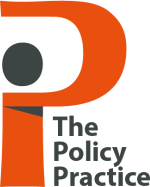McDonnell, A., Urrutia, A, F. and Samman, E. (2019) 'Reaching universal health coverage: a political economy review of trends across 49 countries.' London : ODI .
The paper quantifies the relative importance of different enablers, strategies and constraints that 49 countries faced on their move towards universal health coverage (UHC).
Most countries move towards UHC as a result of disruption to the status quo, notably shifts towards democracy or recovery from episodes of state fragility. The barrier for disruption is lower when neighbours and peers have already achieved UHC.
Most governments do not aim to achieve UHC when they start investing in health. Rather, iterative reform leads to UHC and, when it does, UHC is very stable.
Strategies for extending UHC to left-behind groups commonly include targeted inclusion or eligibility, expanding health units focused on primary healthcare (PHC) across underserved areas, providing health cards to targeted groups and the creation of a parallel insurance scheme for those not covered. Government systems appear to perform better than privately financed initiatives at reaching left-behind groups.
The literature is much better at capturing demand-based health strategies for UHC provision; this emphasis suggests that governments may seek to maximise system utilisation while working to acquire the political momentum and technical capacity to expand coverage through more capital-intensive supply-based mechanisms.
Many countries cite limited resources as a constraint to achieving UHC but wealth is not a major determining factor. Instead decisions are driven by a willingness to make trade-offs; recent economic growth makes these trade-offs easier and UHC more likely.
